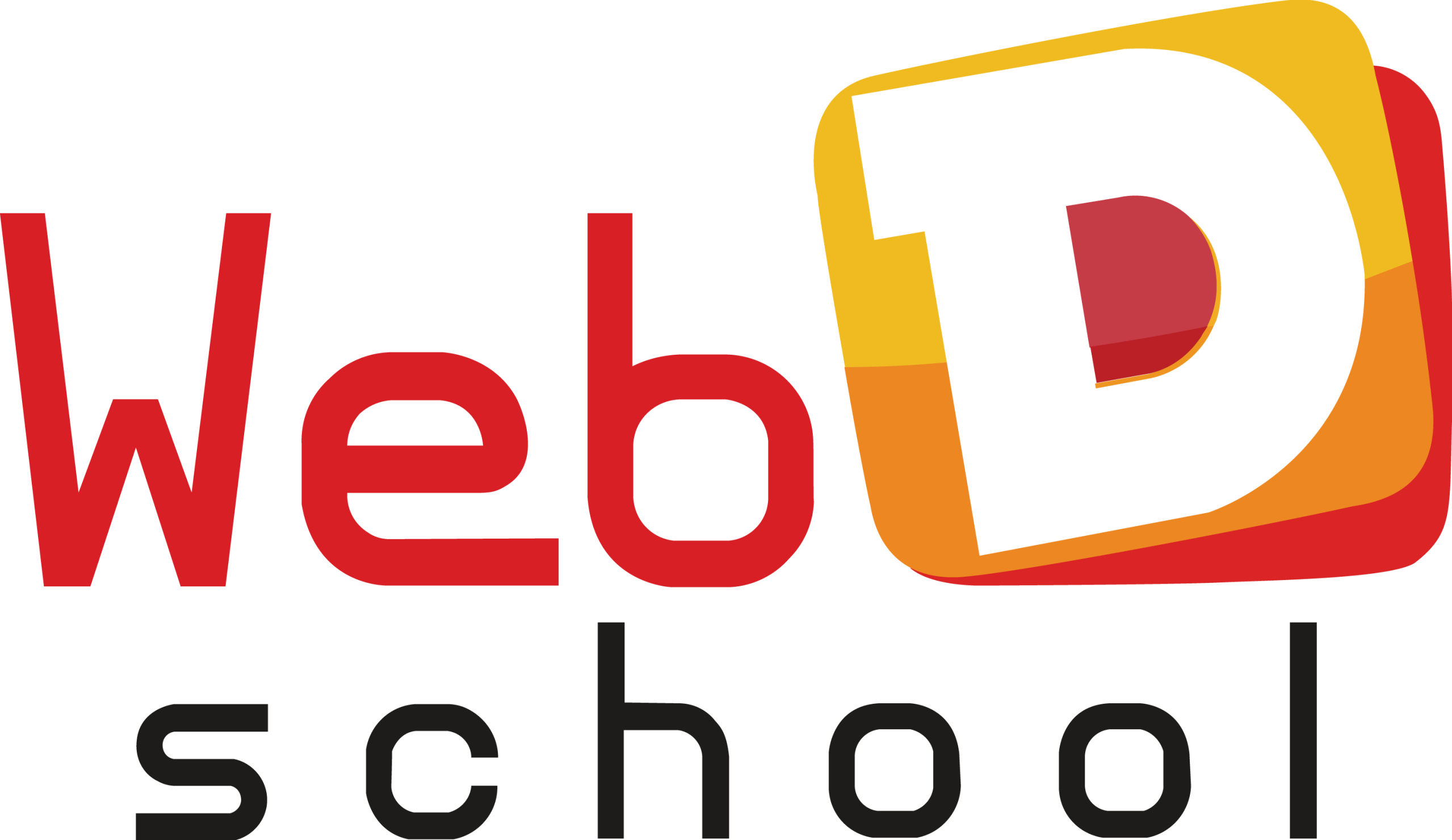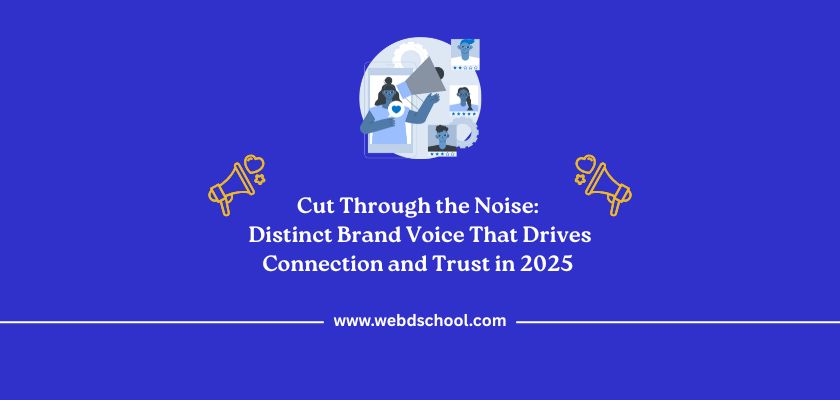Digital experience Cut Through the Noise: Distinct Brand Voice That Drives Connection and Trust in 2025 Digital experience
Consumers are hit with over 1,000 marketing messages every single day.
That’s emails, social posts, push notifications, ads, pop-ups – you name it. The internet has never been louder, and honestly? Most brands are just adding to the noise.
If you want to stand out in 2025, you need more than great products and slick design. You need a distinct brand voice.
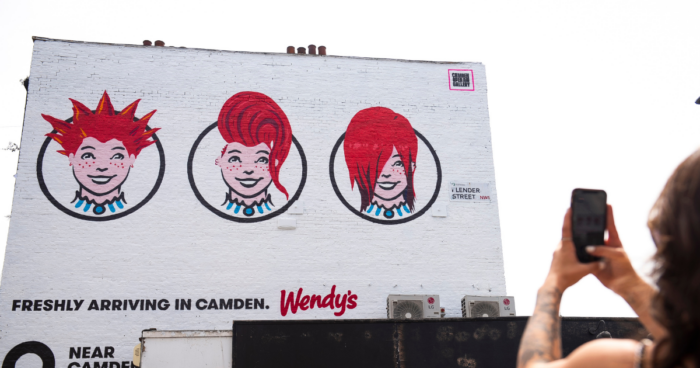
Look at Wendy’s. Their playful, witty tone turned a fast-food chain into a social media powerhouse.
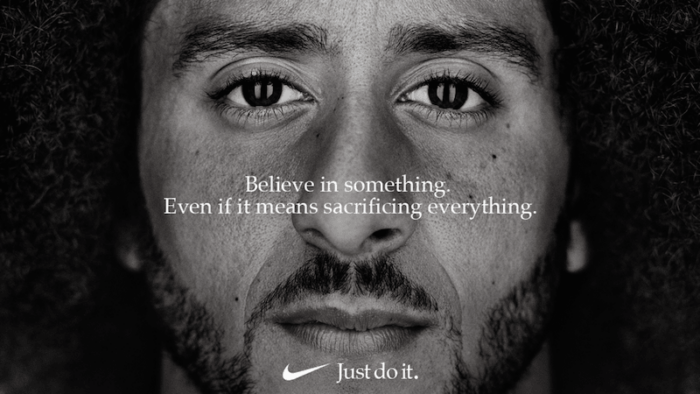
Nike? Their voice is bold and empowering – every message pushes you to move, strive, win.
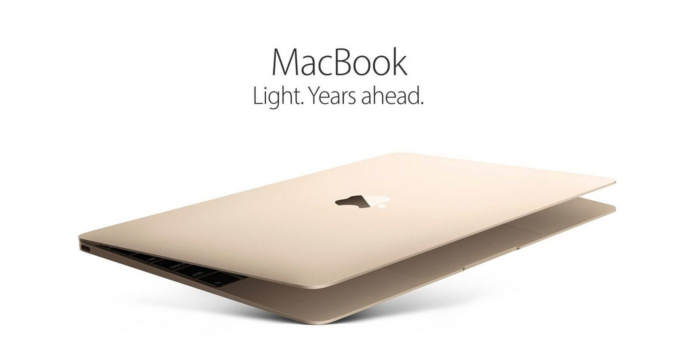
Apple? Clean. Minimal. Instantly recognizable.
These brands aren’t just consistent – they’re intentional. Their voice reflects their identity, values, and audience. That’s why people remember them.
Now, ask yourself: What’s your brand actually saying to people?
More importantly: Would your audience recognize your voice if your logo disappeared?
Your voice is your edge. It’s how you cut through the clutter, connect emotionally, and build trust at scale. And in today’s saturated market, that’s not optional-it’s survival.
What is the brand tone of voice?
Brand tone of voice refers to the way your brand communicates with your audience, shaping the overall personality and impression your brand conveys through messaging. It’s not just what you say (i.e., voice) but how you say it (i.e., tone).
5 Crucial Brand Voice Elements You Must Nail Before Writing Anything:
Unique Selling Proposition (USP)
What sets you apart? What do you offer that no one else does?
Example : Paperboat – “Drinks and Memories.”
They didn’t just sell juices — they sold nostalgia. Traditional Indian flavors like Aamras, Jaljeera, and Chikki-flavored drinks made adults feel like kids again.
Mission Statement
Why do you exist? What’s your purpose?
Example: Tanishq – To celebrate relationships and create bonds of trust with stunning designs and authentic jewelry.
Tanishq’s mission isn’t just selling jewelry — it’s about celebrating human emotions (marriages, festivals, milestones) with trust and craftsmanship at the center.
They strongly position themselves around purity, authenticity, and emotional celebration.
Brand Story
Your origin story that connects emotionally with your audience.
Example : Amul – Formed during the Gujarat Milk Crisis to empower farmers and eliminate middlemen.
Amul is not just a dairy brand. It’s a story of collective strength (the cooperative movement) — of ordinary farmers fighting for fair prices and winning.
Brand Values
Your brand’s core beliefs and guiding principles.Savage X Fenty – Confidence, inclusivity, and fearlessness.
Example : FabIndia – Preserving Indian craft traditions, promoting sustainable livelihoods, and ethical sourcing.
Their values revolve around authenticity, community empowerment, and sustainability, clearly visible in their brand choices.
Brand Personality
Your brand’s human traits, tone, and voice style – plus your go-to phrases. Is your brand playful, assertive, wise-cracking, or zen?
Example: Zomato – Witty, youthful, cheeky, and super relatable.
Whether it’s their app notifications or billboards (“Don’t cook. Just Zomato it.”), their playful, humorous, tongue-in-cheek personality shines through consistently.
How to Define Your Brand’s Tone of Voice
Stand Out or Stay Invisible
Most brands play it safe by mimicking the tone everyone else in their industry uses. But safety doesn’t sell. If you want your audience to remember you and choose you, you need a tone that cuts through the noise, not blends into it.

Remember the iconic Fevicol’s bus ad. They doesn’t use words alone. Their tone is visual, clever, and inherently Indian. They rely on humorous, stick-with-you (pun intended) imagery and minimal copy that still says everything.
Build a Brand That Sells and a Voice People Trust
Branding isn’t just about logos and colors – it’s about how you sound, how you show up, and how consistently you deliver value.
When you craft a tone that reflects your values and connects with your audience, you’re not just building a brand… you’re building trust. And in 2025, trust is currency.
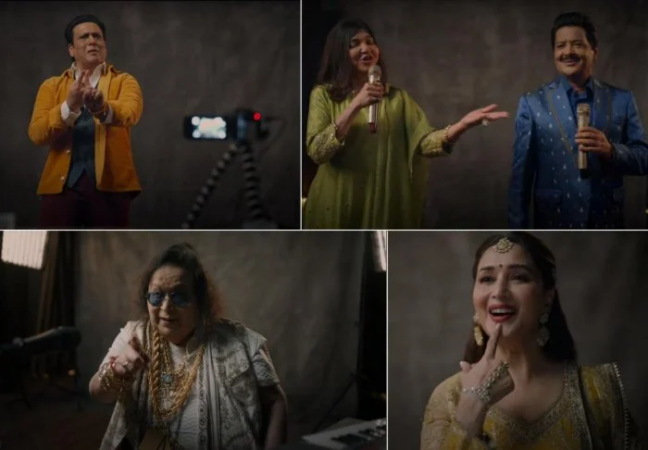
Look at CRED. They took a boring utility, credit card bill payments, and turned it into a cult brand with a crisp, clever tone that oozes authority and aspiration. Their brand voice is clean, confident, and slightly quirky – positioning them as both elite and relatable.
Write Like You Talk (Because That’s How People Listen)
Your audience doesn’t want to decode jargon or read like they’re scanning a user manual. They want to feel like they’re having a real conversation.
That’s why the best tone of voice mimics how you’d speak face-to-face – clear, personal, and human.
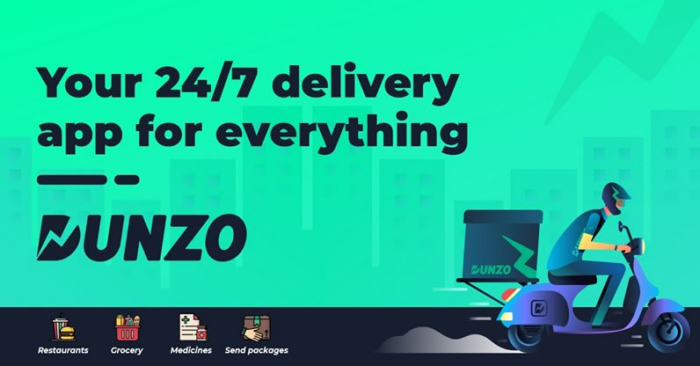
Take Dunzo, for example. Their copy sounds like your witty friend texting you an update – friendly, casual, and straight to the point. Whether they’re reminding you about your delivery or announcing a new offer, it feels like someone’s actually talking to you, not at you.
Create a Mission Statement
Before your brand can speak, it needs to know who it is.
That’s where your mission statement comes in – think of it as your brand’s north star. It captures your “why” and subtly guides the “how” of your communication.
But here’s the twist: a great mission statement doesn’t just inspire – it whispers the tone of voice your brand should carry across every tweet, email, and product description.
Is your brand witty or wise? Bold or nurturing? Playful or professional? It all starts here.
boAt’s mission statement? “To deliver high-quality, fashionable audio products at affordable prices that seamlessly blend into our consumer’s lifestyle.”
From the get-go, you know boAt isn’t trying to sound elite or exclusive – they’re here for the masses, with style. That mission sets the tone for everything they do.
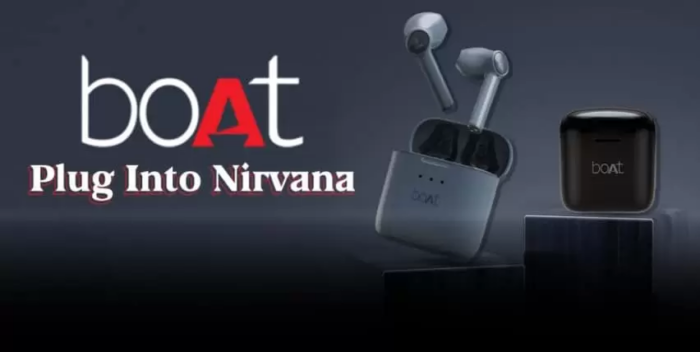
Their tone of voice? Youthful, energetic, and unapologetically local.
Spend five minutes on their Instagram, and you’ll see what I mean – Hinglish captions, culturally-relevant memes, and bold, catchy taglines like “Plug into Nirvana” and “India ka apna brand.”
This isn’t accidental. It’s intentional branding. boAt speaks the language of its audience
5 Timeless Tones of Voice That Still Win Hearts (and Conversions) in 2025
You can chase trends – or you can speak like a brand that gets it. These tone-of-voice styles have stood the test of time and still pack a punch today.
Friendly & Professional
Warm handshake meets sharp suit.
It’s the golden middle ground – approachable yet reliable. This tone is tailor-made for service brands and startups that want to say, “We’re human, but we mean business.”
Empowering & Inspirational
Think less “brand,” more “battle cry.”
Motivate. Energize. Speak like Nike with a mission. Perfect for brands that are more movement than company. This tone tells people: “You’ve got this – and we’ve got your back.”
Clear & Direct
Your audience has a finely tuned radar for anything that feels vague or misleading.
Keep it sharp, keep it real, and you’ll build trust by delivering exactly what they need, when they need it.
Ditch the jargon, slay the fluff. This is for brands that say, “Here’s what you need to know, fast.” If your copy can’t pass the “would I text this to a friend?” test, rewrite it.
Expert & Authoritative
Speak like you wrote the book on it (because you probably could).
Be the brand that sets the standard. Think Harvard-in-headlines and McKinsey-in-the-comments. Confidence without arrogance. Authority without ego.
Friendly & Approachable
Like chatting with your super-smart friend – who actually listens.
Ideal for community-driven, DTC, and challenger brands. When your voice feels like someone you’d want to get coffee with, trust and loyalty follow.
In THE END..
Your brand voice isn’t just a “one-and-done” thing – it needs to flex and adapt across different touchpoints. Whether it’s a homepage or a DM, make sure your voice stays consistent, authentic, and engaging. By tailoring your voice to each channel’s unique context, you’ll strengthen the connection with your audience and keep them coming back for more.
